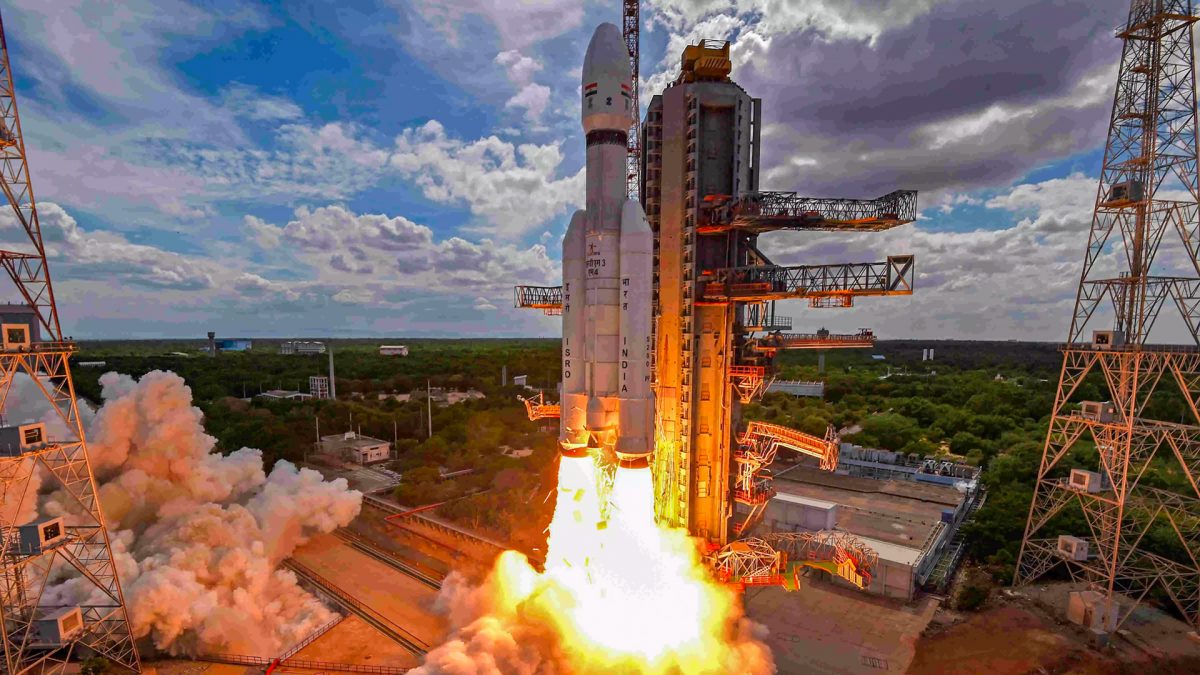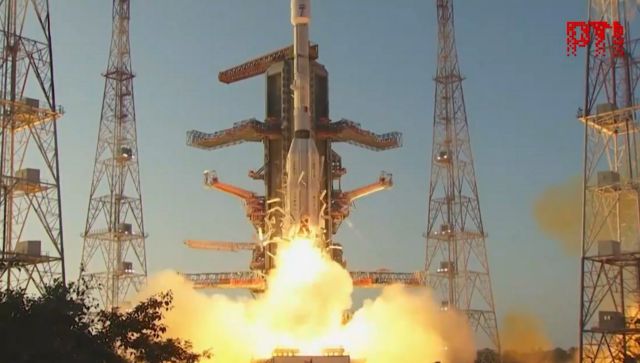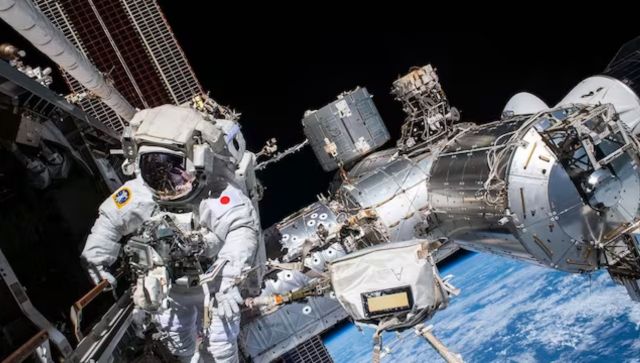India will create history by launching a record 104 satellites, including 101 foreign ones, into the earth’s lower orbit, on February 15 from Andhra Pradesh, an official said on Monday. “We have tentatively decided to launch the satellites at one go around 9 a.m. into the sun-synchronous orbit, about 500 km above the earth,” the Indian Space Research Organisation (ISRO) official told IANS here. The launch has been delayed twice so far.
Initially, the plan mission was to launch 83 satellites in one go in the last week of January, which would have been a record as well. Isro scientists then added 20 more satellites to the launch , rescheduling the launch date to the first week of February. Finally, yet another passenger was added, with a launch set to mid February .
Of the total earth-observation satellites, three are Indian, 88 are from the US and the rest from Germany, Israel, Kazakhstan, the Netherlands, Switzerland and the United Arab Emirates. “A 320-tonne rocket — Polar Satellite Launch Vehicle (PSLV-C37) — will launch the satellites with a combined weight of 1,500 kg, including the 650 kg Cartosat-2D and two nano-satellites (INS-1A and INS-1B) weighing 15 kg each,” the official said. Isro is not divulging details of all the satellites on board because of confidentiality agreements.
The combined weight of 100 foreign micro or smaller satellites will be 820 kg. Though the Indian space agency had launched 20 satellites in one shot on June 22, 2016, the launch of 104 satellites will surpass the 37 satellites launch record set by a Russian rocket on June 19, 2014 and 29 satellites launched by NASA on November 19, 2013. “The countdown will begin 48 hours before the lift off after the launch authorization board gives final clearance for the mission keeping in view the weather conditions and other preparedness at the Satish Dhawan Space Centre,” said another official.
The launch of over 100 spacecraft together will be a major achievement for India as such an attempt was not made before by any of the dozen space-faring nations. The constellation of 88 small satellites, known as CubeSats, weighing less than 5 kg each, of the US earth observation firm Planet will be separated from the rocket in different directions to avoid them colliding when being deployed in the orbit.
“The satellites will be in the same orbit with distance between them increasing due to their relative velocities,” said the second official. At an altitude of 500 km, the spacecraft will take about 90 minutes to complete one polar orbit over the earth. “The satellites will be injected into the sun synchronous orbit at different slots at different angles and at different times,” added the official.
The launch of 88 satellites for Planet Labs is a record of sorts in itself. It will be the largest number of satellites of a single constellation to be deployed from one launch vehicle. The constellation is known as Flock-3p. Planet Labs is based in San Francisco, California in the United States, and because of the time difference, the launch will take place on 14 February, on Valentine’s day.
“This is the fifteenth time Planet is launching Dove satellites; and it will be our biggest launch to date. Combined with the 12 satellites of Flock 2p operating in a similar orbit, this launch will enable Planet’s 100 satellite “line scanner” constellation of Doves. With our RapidEye satellites and Doves operating in other orbits, Planet will be imaging the entire Earth daily.” wrote Mike Safyan of Planet Labs in a blog post . Flock 2p was also launched by Isro in the PSLV-C34 mission.
ISRO Chairman A.S. Kiran Kumar earlier said the space agency would maximize its rocket capability to launch more satellites in a single mission for maximum return on investment . “By launching 104 satellites together, we are trying to maximize our workhorse rocket’s capability and optimally utilise it for maximum return on investment,” Kumar said on January 11.
As an advanced remote sensing satellite, Cartosat-2D has a single panchromatic camera to beam scene-specific spot imageries of more than one meter spatial resolution and a swath of 10 km for cartographic applications. The two Inertial Navigational System (INS-IA & INS-1B) use a computer, motion sensors and rotation sensors (gyroscopes) to calculate the position, orientation and velocity (direction and speed) of a moving object without external references.
With inputs from IANS

This story is a part of a series on the world record launch of 104 satellites on a single mission by Isro. The stories in the series are:
- Isro aims for a World record, to launch 83 satellites on a single rocket
- ISRO to launch world record 100 satellites in the PSLV-C37 mission scheduled for February
- Launching 103 satellites is not about setting a record, but to maximise capability, says ISRO chief
- Isro adds another passenger to the PSLV-C37 mission, 104 satellite launch rescheduled to mid February
- Isro plans to involve Indian industries to increase satellite launch capacity
- Isro’s mid-February PSLV-C37 launch of 104 satellites to have 88 satellites from Planet Labs
- Isro chief AS Kiran Kumar outlines the various uses of Indian satellites to students
- Isro’s PSLV-C37 launch scheduled for 15 February at 9:00 AM, here are the confirmed details
- Isro is going to break these previous satellite launch records with the PSLV-C37 mission
- Isro to recover half the cost of record breaking PSLV-C37 launch from foreign customers
- Isro PSLV-C37 record breaking mission run up: A history of rockets and launch vehicles in India
- Isro PSLV-C37 mission: The US private sector is threatened by cheap Indian spaceflight
- Isro has plans to go to Venus and visit Mars again in the future, along with 104 satellites launch on 15 Feb
- Isro’s record breaking PSLV-C37 mission: These are the 104 satellites on board
)
)
)
)
)